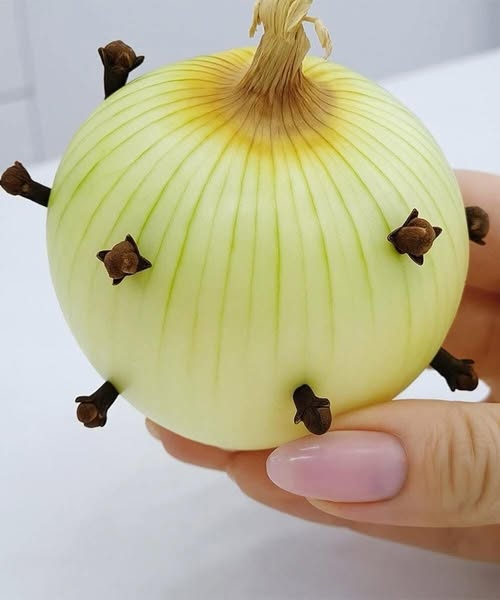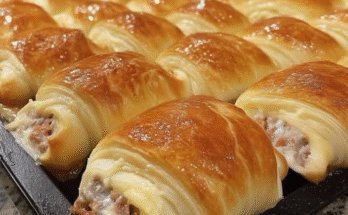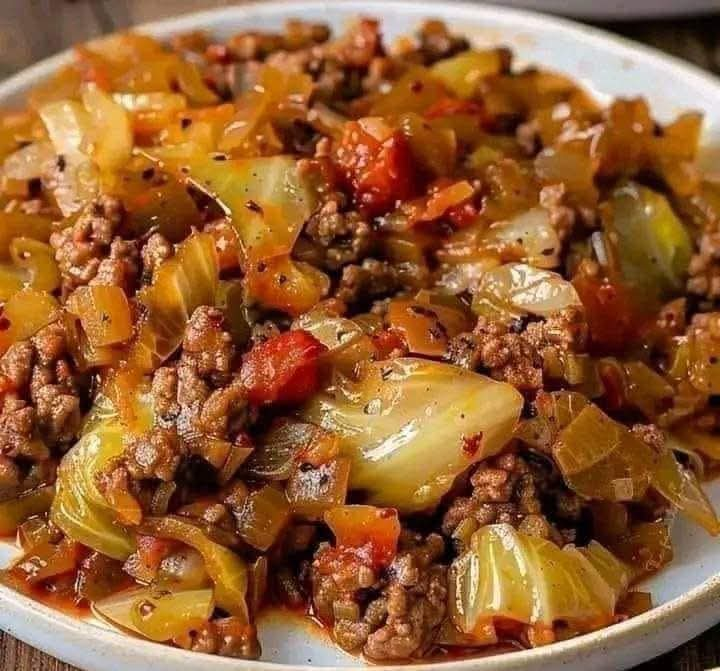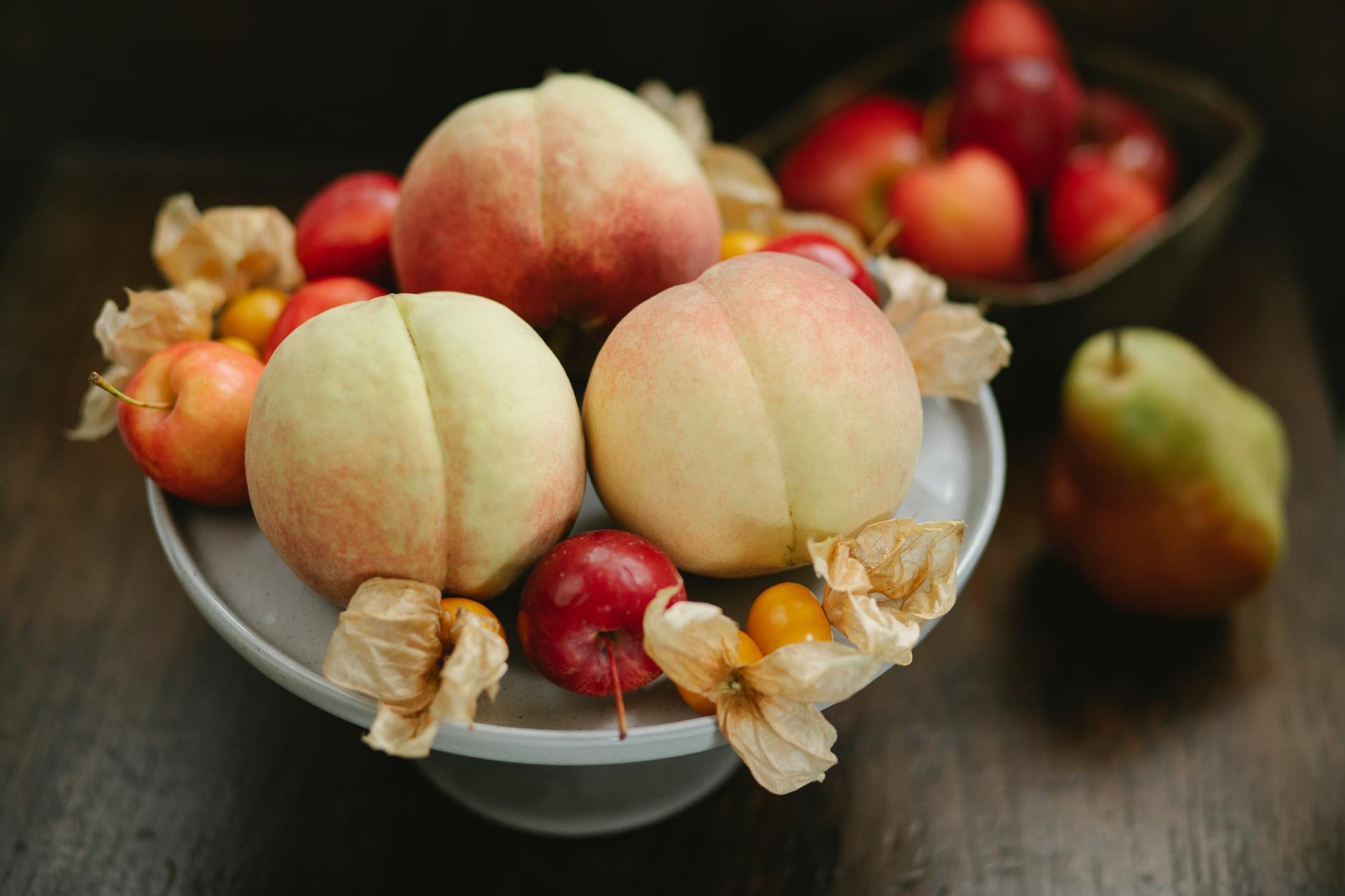
In my grandmother’s cozy kitchen, there was a ritual I never forgot.
Before any soup simmered or sauce thickened, she would pierce an unpeeled onion with whole cloves.
As a child, I didn’t know why.
As an adult, I’ve come to see it as pure culinary wisdom.
🧅 What Is It?
This old-school trick is known as oignon piqué, a classic technique in French cuisine.
It simply means piercing an onion with cloves—sometimes with a bay leaf tucked into the side.
🧄 The result? A subtle, aromatic flavor that transforms ordinary dishes into something memorable.
🧪 Why It Works
Cloves contain eugenol, a compound that releases warm, peppery, slightly sweet notes as it cooks.
When combined with the gentle depth of onion, this infusion:
- Boosts broths and soups
- Adds complexity to sauces
- Elevates rice, stews, and roasts
And because the cloves are fixed into the onion, removing them before serving is effortless.
👩🍳 Flavor With Function
This isn’t just about taste—it’s also smart cooking.
Clove-studded onions:
✔️ Make cleanup easier
✔️ Prevent biting into an overpowering clove
✔️ Bring warmth without dominating the dish
And let’s be honest—it looks rustic and beautiful, too.
🕊️ A Tradition That Lives On
Today, I still start many meals the same way.
Each time, I feel closer to the past—and to the generations who cooked with love, care, and purpose.
So next time you make soup or sauce, try this quiet little trick.
One onion. A few cloves.
A world of flavor.


